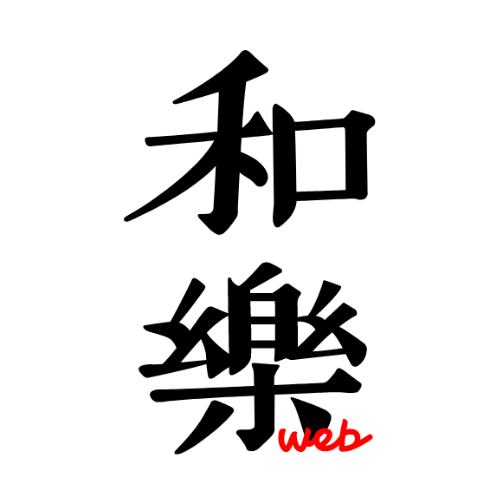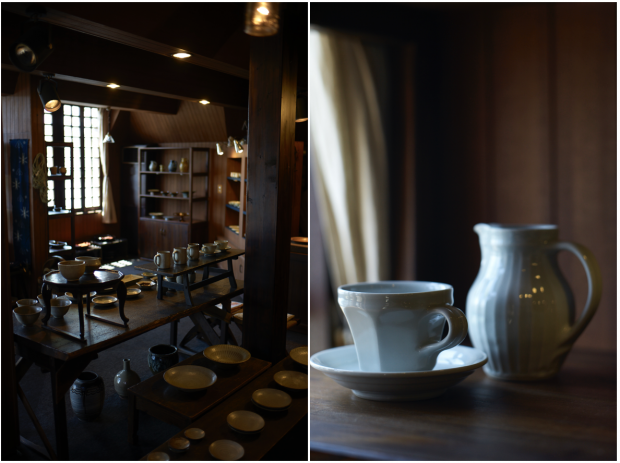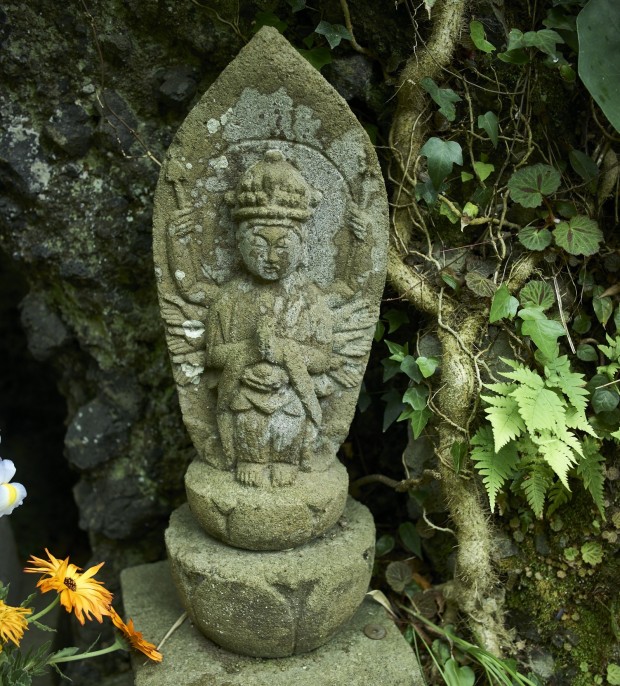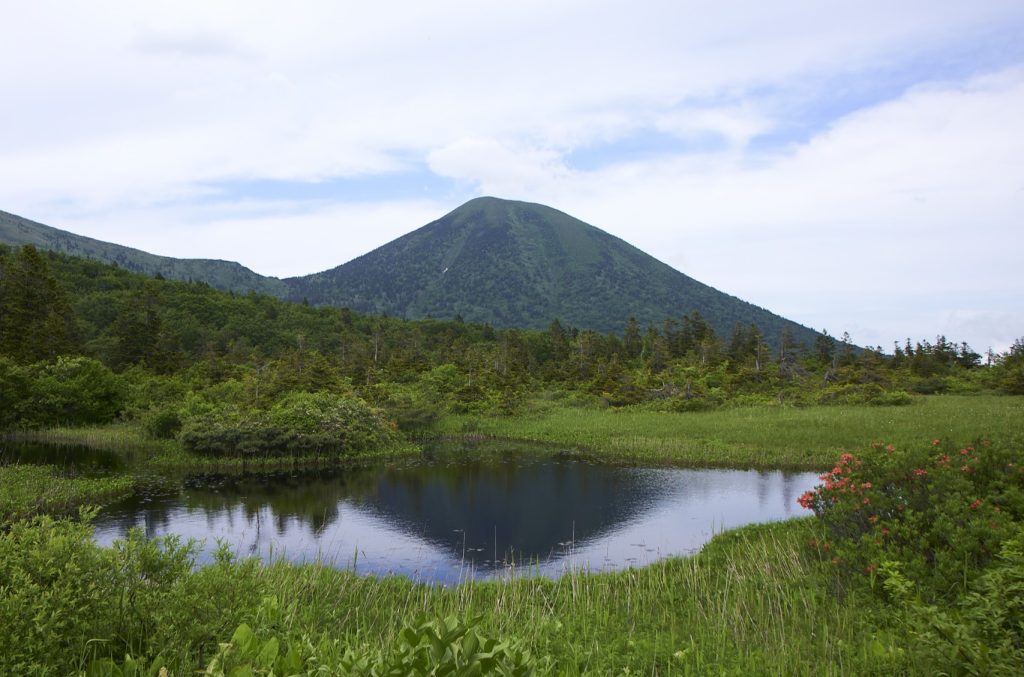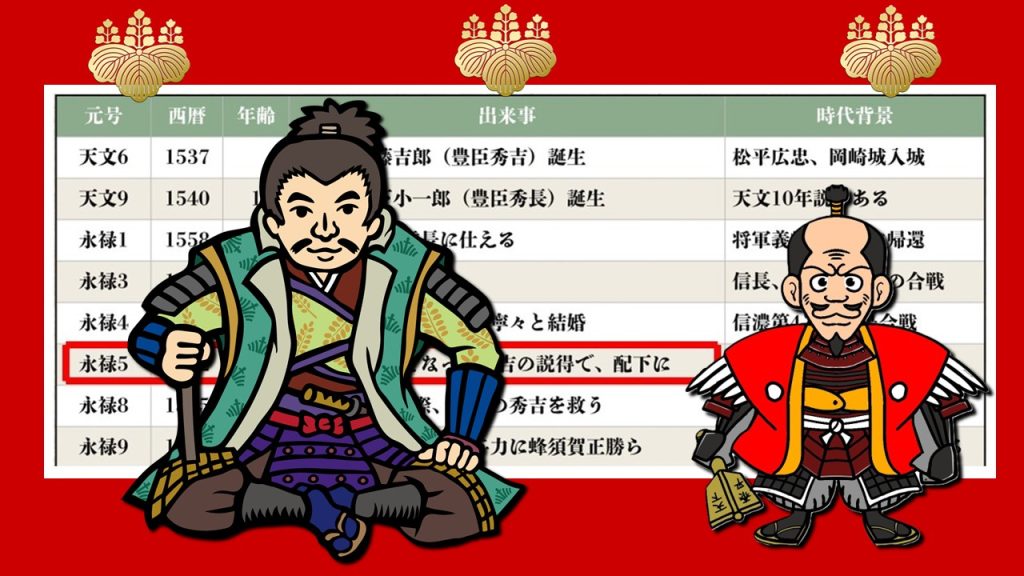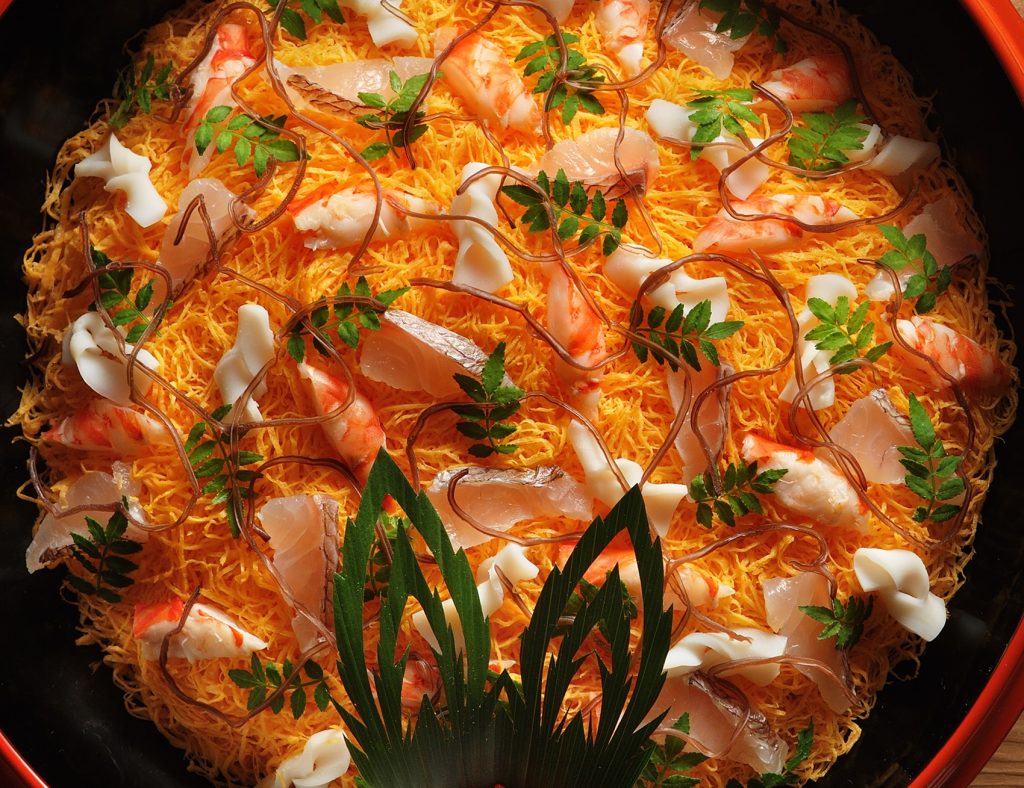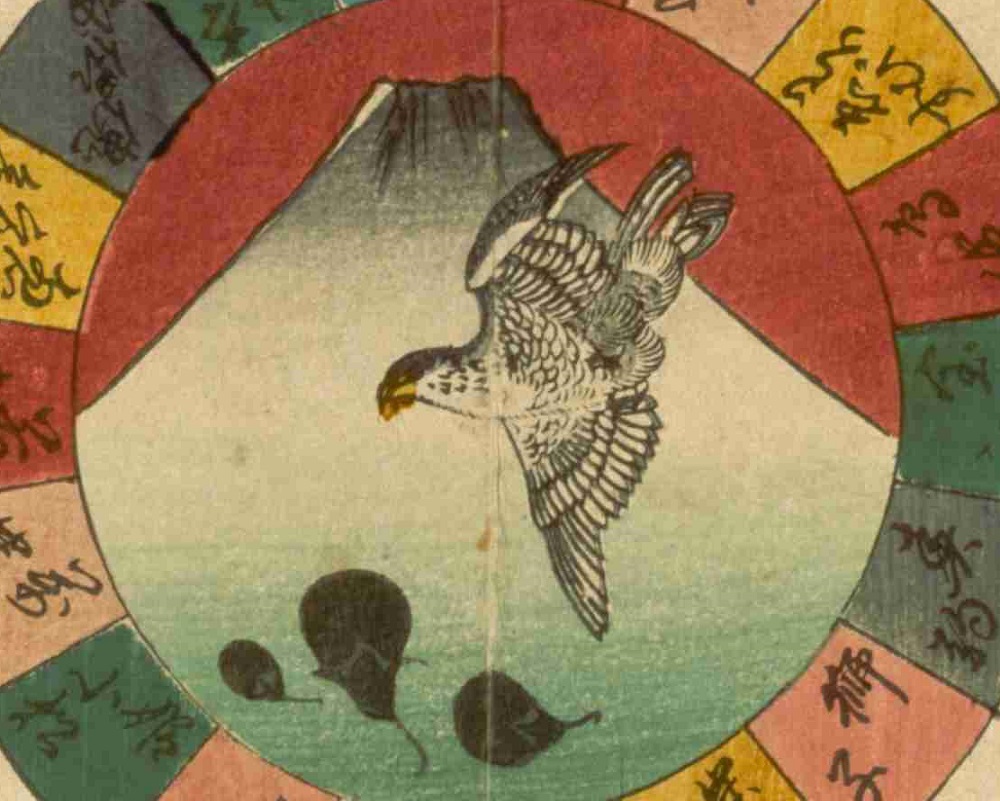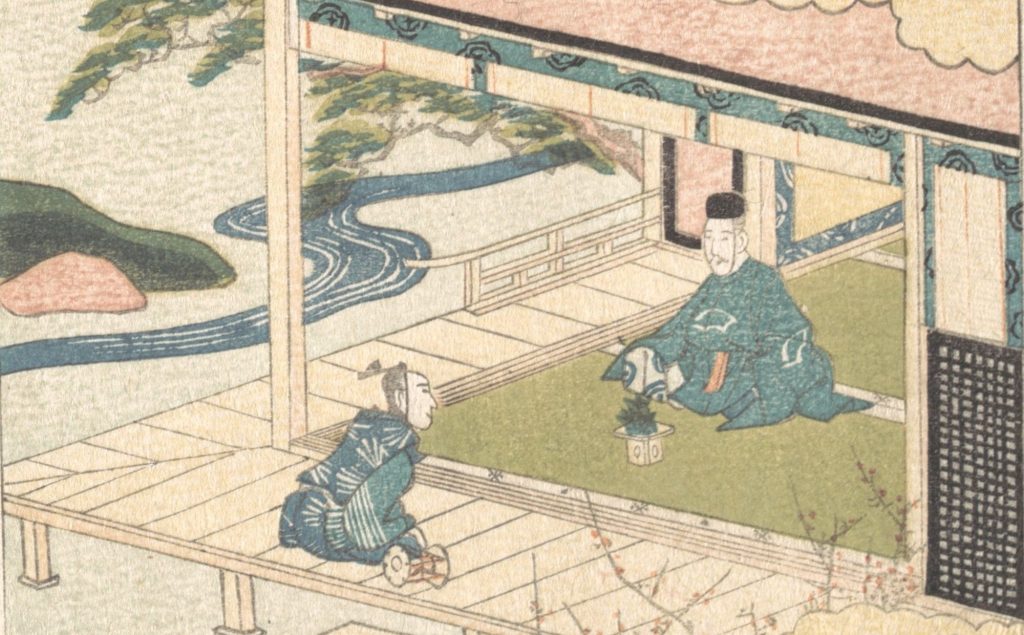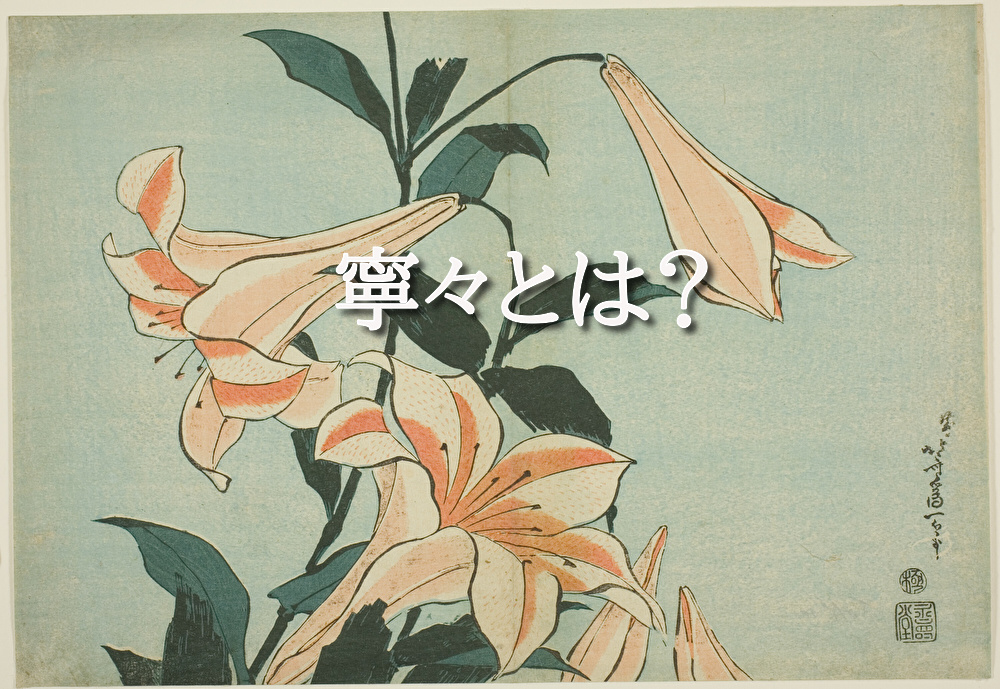Culture Zone of Okayama
About 5 minutes by car from the east exit of Okayama Station. The intersection of ‘Shiroshita (城下)’ on the west bank of the Asahikawa (旭川) River, which runs through the city, is the starting point of the Okayama section of the Art Museum Tour, where you can discover the beauty of Japan. The Okayama Culture Zone is a collection of 12 cultural facilities, including art galleries, museums and concert halls, all within walking distance of this intersection.There is also 「Okayama Castle」nicknamed ‘Ujo (烏城)’, and「Okayama Korakuen (岡山後楽園) Garden」, one of the three most famous gardens in Japan. The first day of your trip will be spent in this area, where you can enjoy famous treasures, castles and gardens.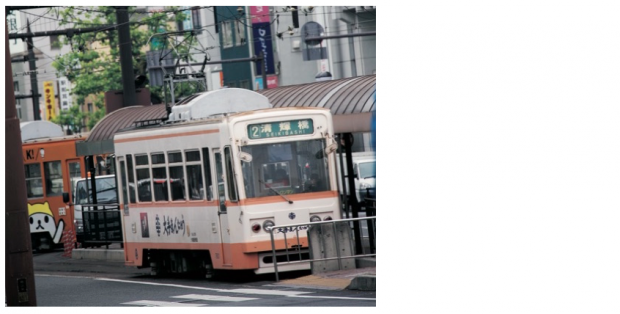 Trams running in the Okayama Culture Zone.
Trams running in the Okayama Culture Zone.
The Ikeda (池田) family, which ruled the Okayama clan throughout the Edo period, unchangeably resided at Okayama Castle. Hence, many of the treasures of the Ikeda family remained here. Hayashibara Ichiro (林原一郎), a businessman and lover of antiques, was one of those who collected them. After visiting the「Hayashibara Museum of Art」, which is located at the foot of Okayama Castle, and admiring the Ikeda family’s antiques such as Noh (能) costumes and other Oriental antiques, head to Okayama Castle, which is right in front of you.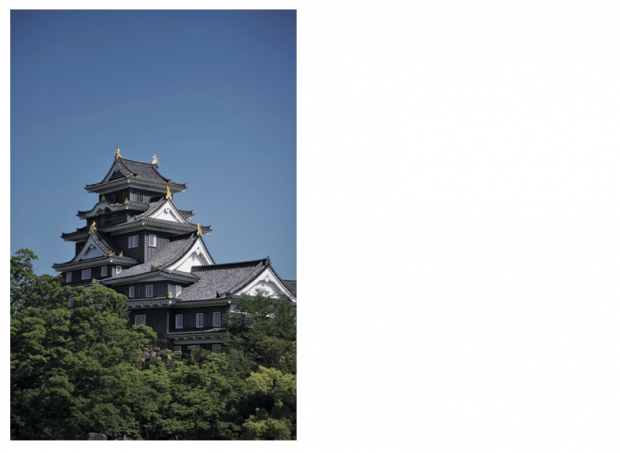 Okayama Castle tower
Okayama Castle tower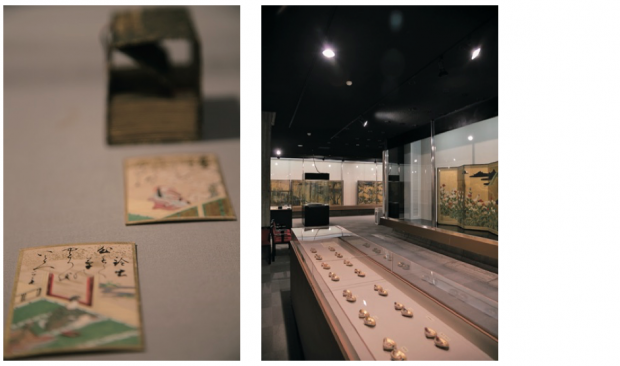 Daimyo (大名) tools inherited from the Ikeda family include a
Daimyo (大名) tools inherited from the Ikeda family include a
Kai awase (貝合わせ; game of matching shells), Hyakuninisshu (百人一首; playing cards with waka poems written by 100 different poets) and posessions prepared for brides upon engagement.
The Okayama Korakuen Garden can be visited inside and outside the keep, which has three levels and six floors, and across the Tsukimibashi (月見橋) Bridge over the Asahikawa (旭川) River, the natural outer moat of the garden. The vast grounds are connected to the park by a series of canals and pathways, which allow the scenery to change from one place to the next. After admiring the graceful red-crowned cranes that are kept in the park and have been depicted in many flower and bird paintings, visit the「Okayama Prefectural Museum of Art」. End the first day of your Okayama museum tour with a look at works and artworks associated with Okayama, including ink paintings by Sesshu (雪舟), who was born in Bicchu (備中), and Urakami Gyokudo (浦上玉堂), who was born into a family of Kamogata (鴨方) feudal lords.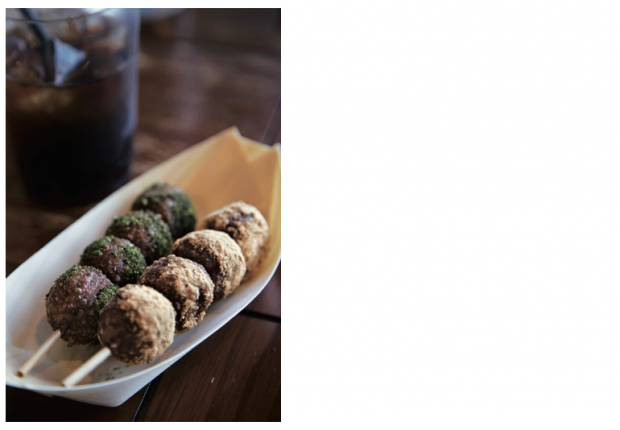 Deep-fried kibidango (きびだんご= rice cake) at Hekisuien (碧水園), a café overlooking Okayama Castle, in front of the south gate of Okayama Korakuen Garden. Delicious!
Deep-fried kibidango (きびだんご= rice cake) at Hekisuien (碧水園), a café overlooking Okayama Castle, in front of the south gate of Okayama Korakuen Garden. Delicious!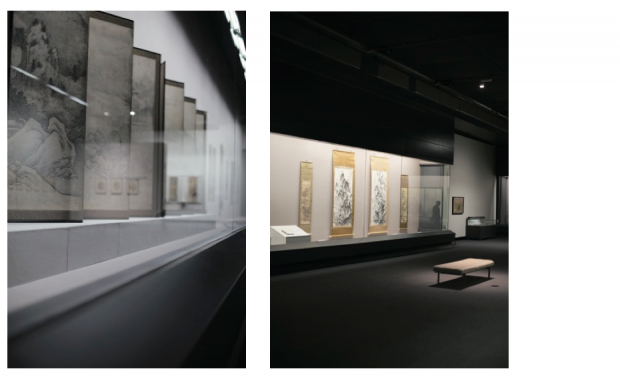 Okayama Prefectural Museum of Art. In the ‘Art of Okayama’ section, where the museum’s collection is on display, old paintings and Japanese paintings are exhibited monthly, while Western paintings and crafts are exhibited every three months. In July, the museum exhibits works such as Uzu (鵜図) by Miyamoto Musashi (宮本武蔵).
Okayama Prefectural Museum of Art. In the ‘Art of Okayama’ section, where the museum’s collection is on display, old paintings and Japanese paintings are exhibited monthly, while Western paintings and crafts are exhibited every three months. In July, the museum exhibits works such as Uzu (鵜図) by Miyamoto Musashi (宮本武蔵).
Retro-modern Kurashiki
The second day of the Japanese beauty tour in Okayama was spent in Kurashiki (倉敷). Okayama City in Bizen (備前) and Kurashiki City in Bicchu (備中), in the western part of the prefecture, are less than 20 minutes apart by JR. Kurashiki is a town that prospered as a direct domain of the Edo Shogunate, utilising the water transport of the Kurashiki River. It was formed as a collection point for goods from Bicchu, with a deputy magistrate’s office located there. The riverside, with its white walls, namako (なまこ) walls, pasted-tile storehouses and townhouses, and swaying willow trees. These landscapes, which symbolise Kurashiki, excite your travelling spirit no matter how many times you visit.
The symbol of the riverside area is the Greek temple-style「Ohara (大原) Art Museum」. The founder, Ohara Magosaburo (大原孫三郎), was a man who contributed to the development of Kurashiki in the Showa period by working on social projects in the area, including the establishment of art galleries and hospitals. In addition, Kurashiki became associated with folk art after Ohara’s encounter with Yanagi Muneyoshi (柳宗悦). After enjoying El Greco (エル・グレコ) and other Western art at the Ohara Museum of Art, visit the「Kurashiki Mingeikan (倉敷民藝館)」, where you can enjoy works by artists involved in the folk art movement, including Kawai Kanjiro (河井寛次郎), Hamada Shoji (濱田庄司) and Serizawa Keisuke (芹沢銈介). You can see the beautiful side of Japanese art in the folk art objects that are a part of daily life.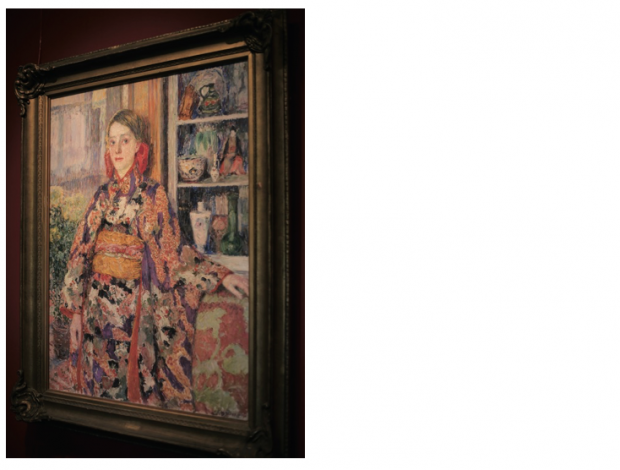 Kojima Torajiro (児島虎次郎)’s Belgian Girl in Kimono welcomes you to the main building of the Ohara Museum of Art.
Kojima Torajiro (児島虎次郎)’s Belgian Girl in Kimono welcomes you to the main building of the Ohara Museum of Art.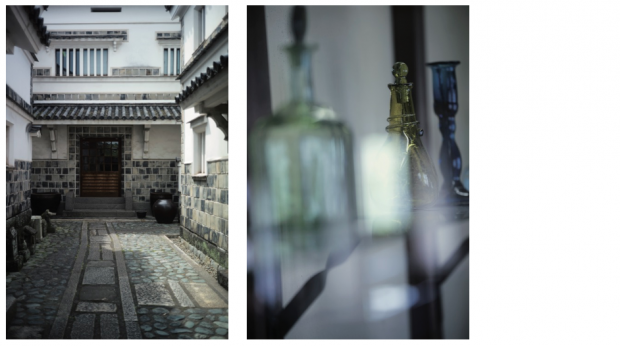 The Kurashiki Mingeikan was opened in 1948 as the second folk art museum after the Nippon Mingeikan (日本民藝館) in Komaba (駒場), Tokyo, utilising a rice granary from the late Edo period, and exhibits ceramics, dyeing, woodwork and baskets that show scenes of daily life in which they were used.
The Kurashiki Mingeikan was opened in 1948 as the second folk art museum after the Nippon Mingeikan (日本民藝館) in Komaba (駒場), Tokyo, utilising a rice granary from the late Edo period, and exhibits ceramics, dyeing, woodwork and baskets that show scenes of daily life in which they were used.
Leave the riverside here and head towards Honmachi-dori (本町通り), an old street that was a working and residential area for merchants and artisans in the Edo period. This is a traditional building preservation area, lined with machiya houses (Japan’s traditional wooden houses that functioned as both a residence and place of business) and warehouse buildings that retain the appearance of the Edo period. Today, these buildings are used as inns, sake breweries, machiya cafés and shops, and a stroll through them is a tireless and enjoyable experience! From this Honmachi Dori, a signboard leads north to Achi (阿智) Shrine, which sits at the top of Tsurugata (鶴形山) Mountain. From the Emaden (絵馬殿), a viewing platform, you can see the Kurashiki Bikan Historical Quarter with its rows of glimmering reddish brown tile roofs.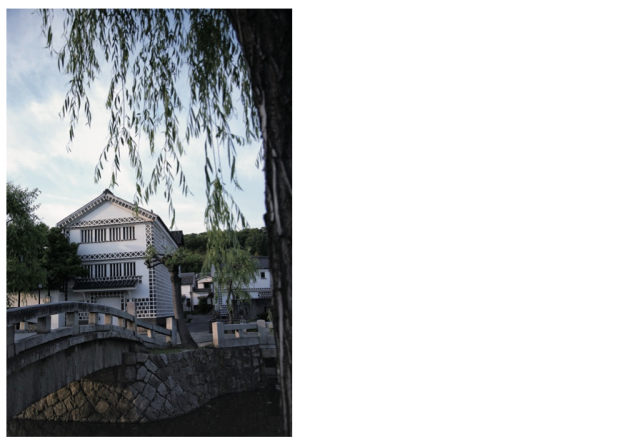 A government-recognised area for the preservation of traditional buildings, with retro-modern architecture dating from the Edo and Meiji periods.
A government-recognised area for the preservation of traditional buildings, with retro-modern architecture dating from the Edo and Meiji periods.
There are also souvenirs made from locally grown rush plants, such as Kurashiki dantsu ( 緞通; rugs) flower-shaped accessories, mouth-blown Kurashiki glass and Bichuu washi paper (備中和紙). o, why not visit for yourself, to enjoy Okayamas contrasting beauty in the daytime and evening.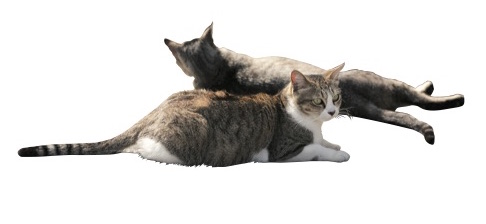
-From the August/September 2015 issue of Waraku.
This article is translated from https://intojapanwaraku.com/rock/travel-rock/1145/






